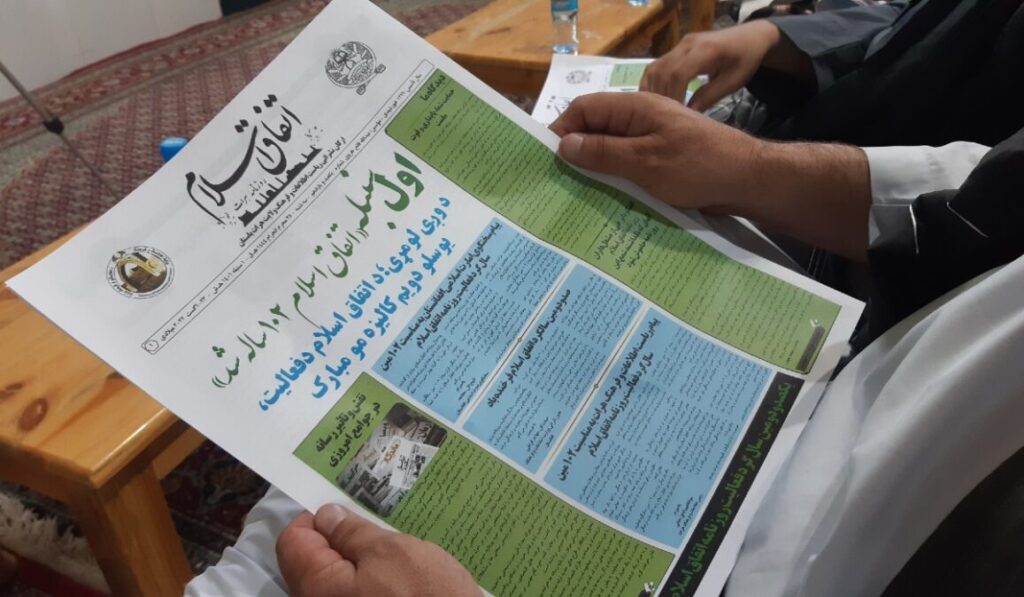The Itifaq-e-Islam daily newspaper in the western province of Herat completed its 102 years of activity with no pause in its operations throughout the years despite many ups and downs in the country’s political situation.
The newspaper was launched in August 1920 by Abdullah Qani Herawi and people like Salahuddin Saljoqi, a famous writer of his time.
“The operations of the newspaper have never been stopped and it is a pride for Herat people,” said Fayiq Herawi, editor in chief of the newspaper.
The newspaper has 11 employees, including two women, and publishes at least 400 copies a day.
But despite this achievement, there are concerns about a downfall in media activities in the country over the past year.
“The situation of newspapers, including Itifaq-e-Islam, is worrying and needs full support to operate better,” said Wali Shah Bahra, an activist in Herat.
But others said the interest in reading newspapers has been at its lowest levels for many years.
A university lecturer, Najib Rahman Hadid, said the reason is the flow of information through social media, but print media also needs support so people are encouraged to start reading newspapers.
Figures by the information and culture directorate of Taliban in Herat show the province has three print media while it had eight under the previous government.
The newspaper usually covers social, political, and cultural topics among others. On the front page of the newspaper on its 102nd anniversary on August 23 published an article on the media situation in Afghanistan.

Taliban governor for Herat, Noor Ahmad Islamjar said the interest in reading newspapers and books and writing for newspapers has reduced. “The Itifaq-e-Islam is an indicator of one century of our history and culture,” he said.
A copy of the newspaper published on March 30, 1977, reports about the launch of work on a building for national television and radio network in downtown Kabul.

Media in Afghanistan was a big achievement for the country in two decades under the republic government, but there has been a significant reduction in the number of media outlets and media workers in the country following the Taliban takeover in August 2021.





